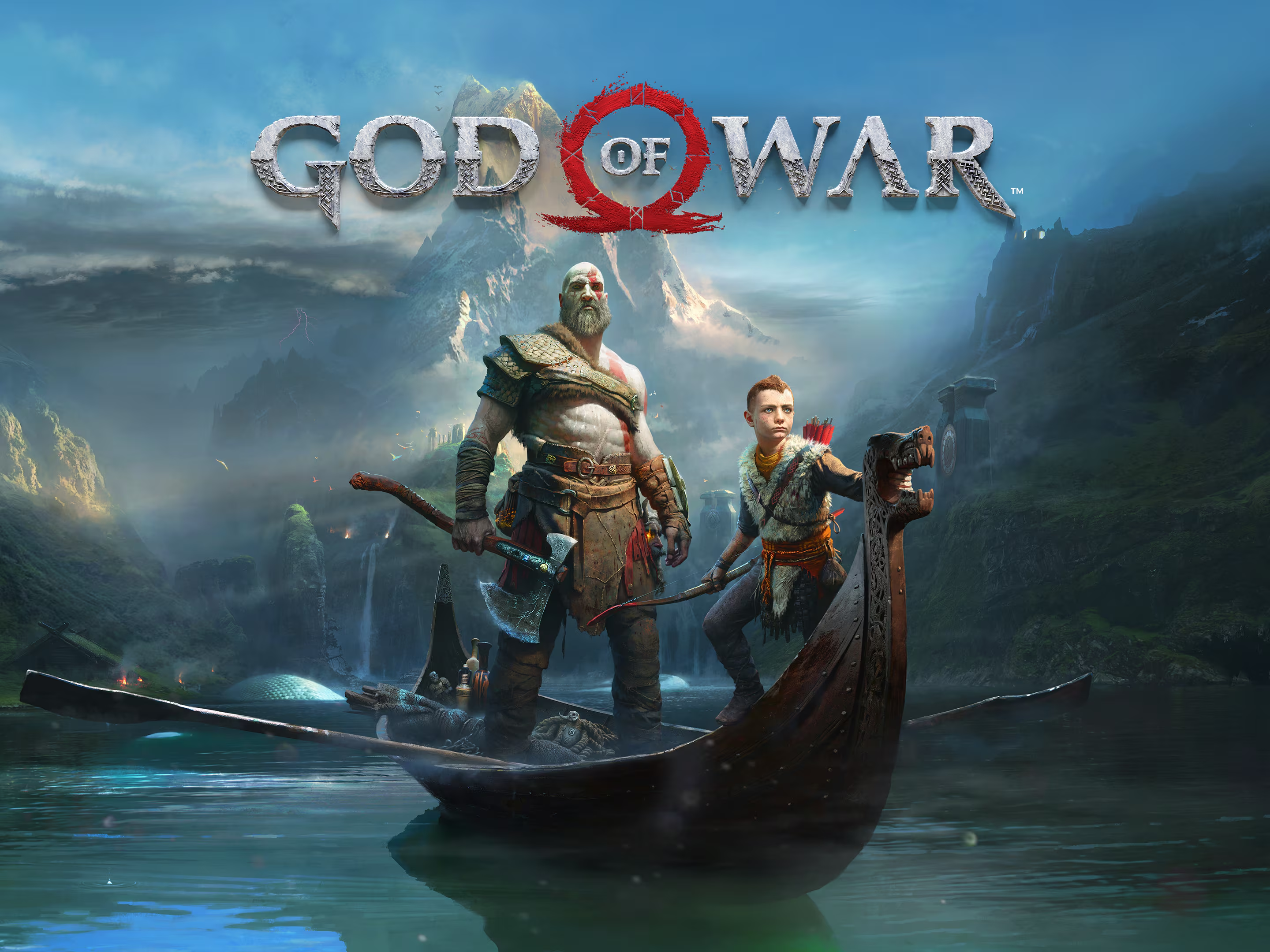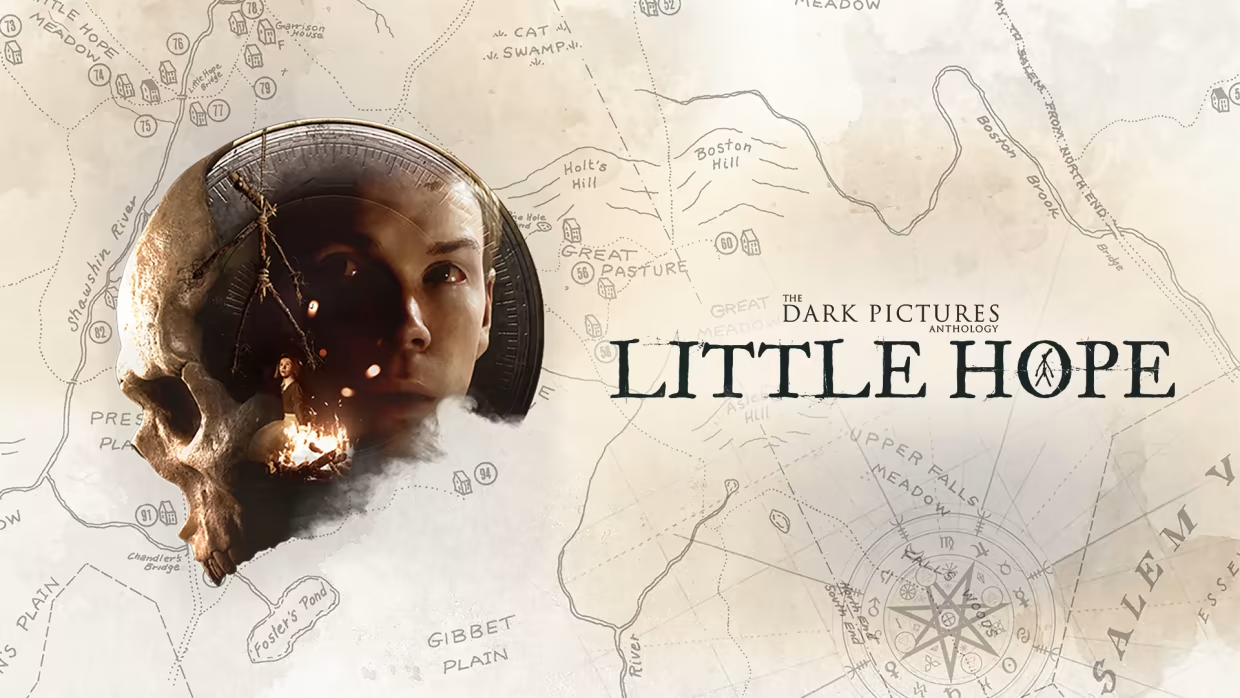The Order 1886
The Order 1886 is a third-person shooter that wastes too much potential. It makes a lot of promises it doesn’t intend to keep, leaving so many elements underdeveloped that it ends up feeling like the first couple of episodes of a TV series, instead of a full season.
The game opens in media res, during a prison escape. The protagonist, Grayson, is being tortured by two English soldiers, who are drowning him, intending to extract info on his collaborators. The scene goes into a first-person view each time Grayson is put underwater to make his suffering more impactful, but a simple button press is all that it takes for him to fight back and even drown one of his torturers – in a gruesome touch of revenge. He escapes prison and the story goes back in time to show us why he betrayed the Order of Her Majesty’s Royal Knights.
Grayson was of these knights, going by the moniker of Sir Galahad. His Arthurian name is appropriate, since his Order actually gathers at a round table and their leader is even said to have fought alongside Arthur himself – they drink magical stuff to live longer. The setting is Victorian London and these knights wield special guns crafted by Nicola Tesla to fight against supernatural creatures – mainly werewolves.
It’s very curious, then, the fact that the majority of enemies you are going to face in the game are common human beings: soldiers, brigands, and thieves. Grayson’s Order may have been built to fight monsters, but that doesn’t translate into gameplay. Despite its premise, The Order 1866 ditches the supernatural when it comes to gunfights and plays just like a typical cover shooter, as werewolves are limited to just two types of scripted fights.
The first one has Grayson in a basic room, where a single werewolf comes for him at a time, and you shot at it when it comes running and then dodge when the right prompt appears on the screen – rinse and repeat. Eventually, the beast falls down and you have to come to it and finish the job with a knife – for reasons unknown, as it doesn’t add anything to the battle. The second type is even more boring, as Grayson abandons the gun and just duels with a knife, again in a scripted fight where you have to dodge each time the prompt appears on the screen and press the attack button at all other times. These are encounters that abandon the main draw of a cover shooter – the cover – and offer just repetitive quick-time events in return.
The fact that the game doesn’t make good use of its supernatural premise is a symptom of the overall issue that plagues The Order 1886: every element here is underused and underdeveloped – regarding both gameplay and story.
Let’s get back to Grayson. The story, after all, is about why he turned against his colleagues. Sir Galahad is the usual protagonist of a shooter: a white man with a gruff voice who embraces violence, trivializing the impact of his actions. After clearing a floor of human beings, killing them all, Grayson simply says, “Just a regular London morning.”
He’s righteous, believing his enemies are one-dimensional monsters and that all who oppose his order are terrorists who want nothing but sow chaos and anarchy. The game’s first half is all about showing this side of Grayson: he’s set against rebels who intend to strike at the heart of England, and he intends to kill them all on sight. His mentor, Sir Percival, is up to something, however – the protagonist often spots him at a distance speaking with strange individuals and suspects something more is at play here.
As it happens with most righteous characters, the events push him to realize that the world is not black and white and that some of his enemies are not that monstrous after all. The way this is portrayed in The Order 1886, however, is considerably problematic.
First, there’s the big reveal behind the motivation of the rebels. Without disclosing specific details, it involves a supernatural element that we, the players, didn’t even realize existed in that universe – even though Grayson clearly did – which makes the reveal lose a lot of its impact. To make matters worse, this element is dropped soon after the scene, with the knight never having to deal with it again. In other words, the key element that makes the protagonist change his mind and betray his Order not only comes out of nowhere but is also never seen again.
Grayson also makes a lot of annoying decisions that make no sense whatsoever and are just convenient to move the narrative along. After the big reveal, for example, he decides it’s a good idea to keep things close to the chest, denying his friends any kind of explanation – even though they could help him. Not only that, but when the leader of his Order outright says that he will refuse to even investigate the matter, Grayson never stops to ponder how suspicious that is, and still prefers to keep his colleagues in the dark.
This is only to create some tension between the characters, as it makes no narrative sense since Grayson only had something to gain if more people knew of the matter. Take the moment when he’s deemed a traitor to the Order and sent to prison: during the trial, he could very well have made his accusations public, but chooses to remain silent. But why? He’s not being threatened, the reveal wouldn’t put his friends in danger – they’re knights just like him and can take care of themselves – and his silence allows the villains to keep on killing innocent people. Given the nature of the accusations, they’re easy to prove if anyone bothers to try and, given how grave they are, at least one of the knights would really bother. In other words, the reason for Grayson’s silence is an artificial one: it makes his friends turn against him and, consequently, creates some tension.
Speaking of things that don’t make sense, the motivation behind one of the game’s main antagonists is absolutely nonsensical. He says he’s doing things to “protect his kind”, but the reveal was not about his kind, but the other supernatural element that was never mentioned again – unless with “his kind” this guy means “any supernatural being of any kind”. The problem here is that the antagonist never gets much time to explain anything, which leads to just one more undercooked part of the game.
And speaking of things that are underdeveloped, the ending just leaves every major plot point unresolved. The werewolves, the other supernatural element, the rebels, Grayson’s friends, the Order, and even Jack the Ripper, who is introduced for no good reason, they all lead nowhere. The plans of the antagonists have no consequences, there’s no confrontation with a major villain, and the credits suddenly roll. The Order 1886 basically finishes before reaching its real climax, and leaves everything to a sequel – which never came.
Gameplaywise, The Order 1886 plays just like your typical cover shooter, adding nothing new to the mix. Grayson goes into corridors and large rooms, finds cover, and shoots at his enemies, sometimes activating slow-motion to help dispatch more of them at the same time. There are some interesting Tesla-made weapons, such as the one that allows you to fire some smoke and then shoot at it to ignite it, which keep the action from becoming too boring, but there are not nearly enough of them: if you played one cover shooter you’ve already played The Order 1886.
The levels are also pretty linear and hide some collectibles which vary greatly in quality. The most interesting ones are the newspapers, which help flesh out the world: one tells of the invention of a “truly horseless carriage” while another has a man complaining about the Order of Her Majesty’s Royal Knights, “Make no mistake of it, the Order was born from an age before the signing of the Magna Carta, and their actions reflect it.” The man is commenting on the events of the first mission, when some patients from a mental institution escape and acquire weapons, and instead of subduing them, Grayson just murders them all and says, “Just a regular London morning.”
On the other end of the spectrum, there are the collectibles that have no reason to exist, such as the objects that Grayson can pick up on shelves and examine closely, but which offer no insight into any subject: they are just a waste of time that reward the player with a pointless trophy.
The Order 1886 goes for a cinematic look, adding film grain and even black letterbox bars to the image. It also tries to build a dark and somber mood: fog and smoke fill the streets of London, which means that even during the day, the environments are never welcoming. There’s a great sequence where Galahad investigates a hospital and the place is barely lit, packed with mutilated bodies, giving the scene the feeling of a horror movie – which makes the eventual werewolf fight feel right at home.
With the exception of its good looks, The Order 1886 has nothing going for it. It’s a game marked by a severely undercooked story and repetitive gameplay mechanics.
March 25, 2022.
Ready at Dawn.
Dana Jan and Ru Weerasuriya.
Kirk Ellis and Ru Weerasuriya.
Jason Graves.
7 hours.
PS4.

























